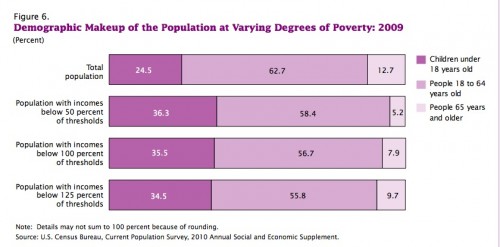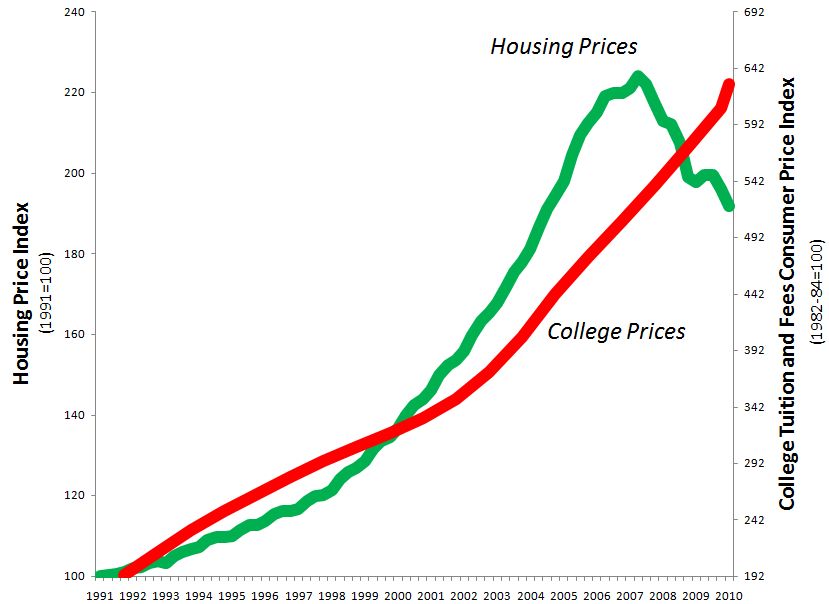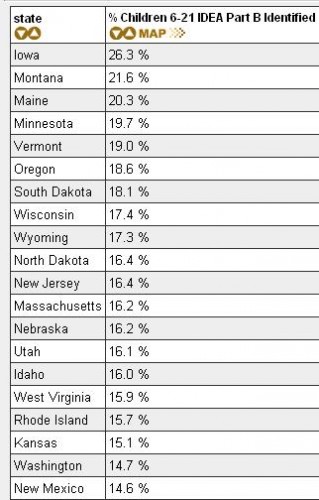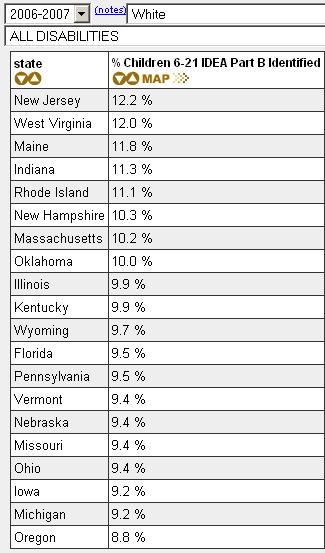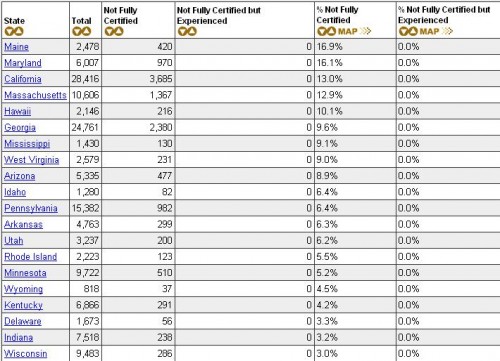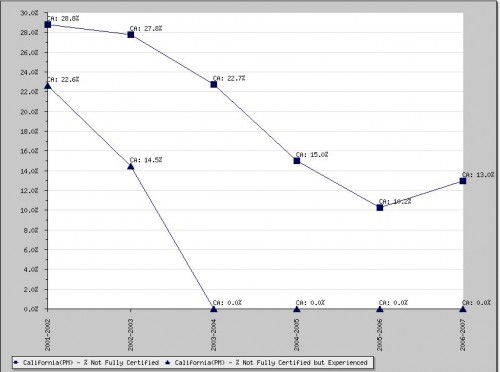
In this 12-minute RSA Animate video, Education Professor Sir Ken Robinson explains why we need to change the way we educate new generations. Children, he says, “…are living in the most intensely stimulating period in the history of the earth.” Yet we are still educating them according to a model invented during the industrial revolution that emphasizes conformity, standardization, and coming up with the “right” answer. Today the future is coming faster and faster and we need to teach children to be able to thrive in change and uncertainty. Watch the video for his thoughts on what to do next (and what Oklahoma has to do with it):
Thanks to education activist and friend, Diallo Shabazz, for the link!
Lisa Wade, PhD is an Associate Professor at Tulane University. She is the author of American Hookup, a book about college sexual culture; a textbook about gender; and a forthcoming introductory text: Terrible Magnificent Sociology. You can follow her on Twitter and Instagram.






